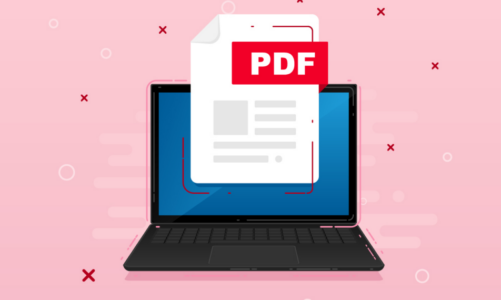Project integration management plays a pivotal role in synchronizing and coordinating various elements of a project, ensuring that they function harmoniously to accomplish set goals.
Often overlooked, this vital aspect of project management provides the necessary glue that binds all the pieces of a project together, turning a disjointed group of activities into a unified, coherent whole.
This article delves into the importance of this concept and how it helps to ensure seamless project implementation.
Check out XYZ Reality’s article on project integration management for more information.
What is project integration management?

The process of project integration management involves bringing together different aspects of a particular project and coordinating them. It involves identifying and defining the processes and activities in a project and then combining, unifying and coordinating them to ensure that they are working seamlessly together.
Why is it important?
Effective project integration management is essential for successful project delivery. By ensuring that all components are working together towards a common goal, it helps prevent conflicts and delays, saves time and resources, improves communication and decision-making, and ultimately leads to the successful completion of the project.
How project integration management helps
Project integration management significantly helps in several ways, including the following.
Resource allocation
Integration management helps teams identify and allocate the right resources to the right tasks in a coordinated fashion. It involves mapping out all the resources required and ensuring they’re scheduled for use at optimal times.
Resource overlaps
Through effective integration, overlaps in the use of resources can be avoided. This prevents situations where two tasks requiring the same resources are scheduled at the same time, which causes delays and inefficiencies.
Use of labor resources
It also ensures that labor resources are not overburdened or underutilized. This ensures a balanced workload for team members, reducing burnout and increasing job satisfaction.
Adherence to schedules
It aids in keeping the project on schedule by coordinating activities and resources, thereby ensuring the timely completion of the project.
Communication

Project integration management improves communication between team members, stakeholders and other parties involved with the project. It helps reduce conflicts and misunderstandings by bringing people together and making sure everyone understands their roles and responsibilities.
Decision-making
Integration management provides a holistic perspective of the project to help project managers and their teams make better and more informed decisions. This ensures decisions are made in the interest of the entire project.
Project scope
It helps maintain project scope by ensuring that any changes are thoroughly evaluated and that all parties are informed accordingly.
Conclusion

Project integration management is a vital facet of successful project implementation. It unifies various project elements and optimizes resources while helping to control the project’s scope, quality, schedule, and budget.
Ultimately, it delivers value by helping to attain project objectives and meet stakeholder expectations, especially with the incorporation of telematics technology. It plays a pivotal role in ensuring projects are completed efficiently, within budget, and in line with strategic business targets.
Effective project integration management with telematics is a crucial competency in project management, significantly contributing to project success and overall business performance. Telematics can enhance project monitoring and control, providing real-time data and insights that improve decision-making and resource allocation.




